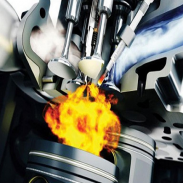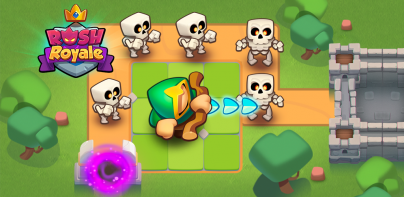



fuel injection

Description of fuel injection
Principle of diesel
Feeding circuit
Preheating circuit
Injection pumps
TP 1: Periodic maintenance of the diesel engine
TP 2: Repairing the Diesel Fuel System
TP 3: Disassembly, inspection, repair, assembly and adjustment of an injector
TP 4: Check and repair the cold start circuit
TP 5: Remove and refit the injection pump
TP 6: Controls and settings
Diesel injection system
THE DIESEL INJECTION SYSTEM
- Control on the different elements of a rotary injection pump;
- Disassembly and reassembly of a rotary injection pump
- Questions and problems
- Real or simulated cases or representative vehicles
The diesel engine is a self-igniting engine that sucks in only air and compresses it. This process provides significantly greater compression than the knock-sensitive gasoline engine with a mixture of air and fuel and controlled ignition.
Features of a diesel engine
Advance at admission opening (A.O.A)
Delayed closure of admission (R.F.A)
Advance on ignition (A.A)
Advance at the opening of the exhaust (A.O.E)
Exhaust Closing Delay (R.F.E)
Real Diagram
Advantage of the diesel engine
Disadvantages of the diesel engine
Feeding circuit
Fuel Filter
Feed pump
Injection pump
Speed regulator
Inverter
Discharge pipes
injectors
Different types of power circuits
Supply circuit with pump in line
Circuit in "Aspiration"
Circuit in "low pressure"
Supply circuit with dispensing pump
air filter
Gasoil filter
Filters with priming pump
piping
Feeding pumps
Main types of feed pumps
Diaphragm pump
Piston pump
Single acting pump
Transfer phase
By turning, the camshaft of the injection pump brings the eccentric (1) to the high position. The piston (4) is pushed upwards by the roller (2) and the rod (3). The displacement of the piston causes the shutter (6) to close under the effect of the fuel pressure in the chamber (7), the valve (8) moves away from its seat, the gas oil contained in the chamber (7) s flows towards the chamber (9) it is the transfer phase.
Self-regulating phase
The flow rate of the feed pump being greater than the flow delivered by the injection pump, there comes a time when the pressure in the chamber (9) is equal to the pressure of the spring (5) on the piston (4); it can no longer move, there is no aspiration or repression: it is the self-regulating phase. Recall that the roller (2) is always in contact with the eccentric (1) via a return spring not shown in the diagram.
Left suction. In the center: transfer phase. Right: self-regulating phase.
1.Excentric on the camshaft of the injection pump; 2.Galet; 3. Stem; 4.Piston; 5.Ressort; 6.Admission valve; 7. Room; 8. Discharge valve; 9.Transfer room.
1.Excentric on the camshaft of the injection pump; 2.Galet; 3. 4.Admission valve; 5.Piston; 6.Admission room; 7.Admission valve; 8.Compression chamber; 9.Ressort; 10. Discharge valve; 11.Bedroom; 12. Discharge valve; 13.Transfer room
Injectors
Types of injectors
a) nipple injector and throttling b) injector with holes.
1.Arrival, 2.Support body, 3.Removal nut, 4.Install disc, 5.Injector, 6.Pump-discharge union-nipple, 7.Train-rod, 8.Leak recovery shaft, 9 . Tensioning washers, 10. Discharge channel, 11. Spring, 12. Push rod, 13. Positioning spindle.
Types of injectors.
a) Nipple injector and throttling,
b) Injector with holes.
1.Pressure stud, 2.Injector body,
3.Injector needle, 4.Income finishing,
5.Compression Chamber, 6.Injection Hole,
7. Injection Teat, 8. Pilot Hole,
ofppt trem

























